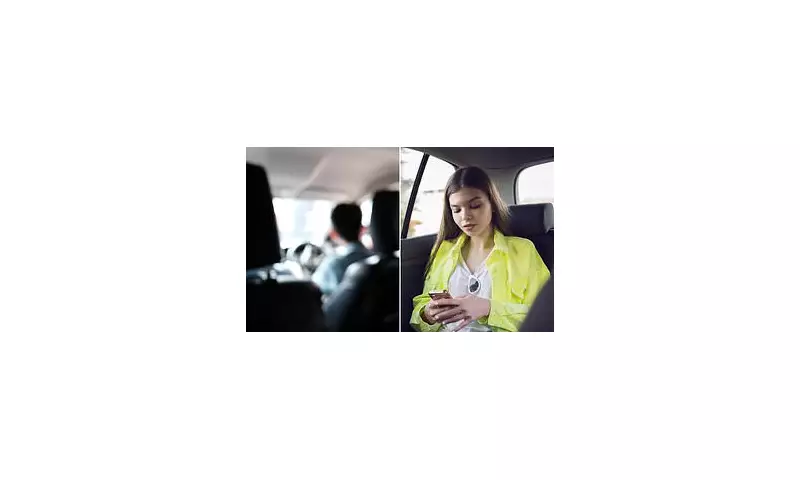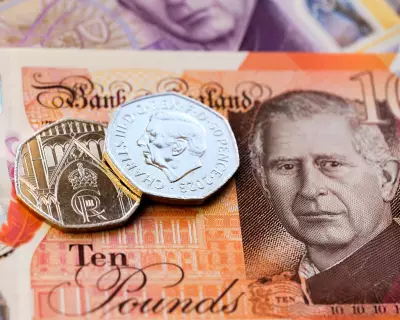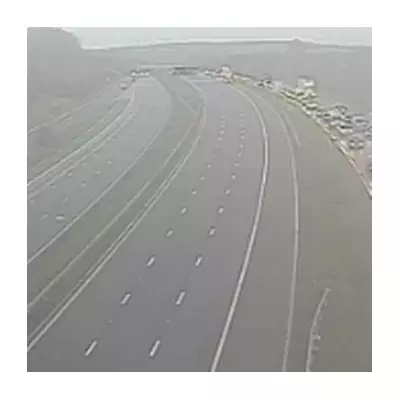
Millions of Brits rely on Uber and Lyft for their daily commute and weekend travel, but a startling new safety revelation could change how you book your next ride. A top security specialist has pinpointed the single most dangerous seat in a rideshare vehicle, urging passengers to think twice before they hop in.
The Seat You Should Never Choose
Contrary to popular instinct, the expert warns that the front passenger seat is the riskiest spot in the car. While it may feel more social or convenient, it offers the least protection in the event of a collision and puts you in dangerously close proximity to an unknown driver.
‘Sliding into the front seat might seem friendly, but you are compromising your personal safety,’ the expert stated. ‘You are immediately within arm’s reach and have significantly reduced your personal space.’
The Gold Standard for Rideshare Safety
So, where should you sit? The safety recommendation is clear and strategic:
- The Rear Passenger-Side Seat: This is the ultimate position. It maximizes distance from the driver, provides a direct line of sight to the road ahead, and offers the easiest and safest exit onto the pavement upon arrival.
This advice mirrors long-established protocols for dignitaries and security professionals, who always prioritise control and an escape route.
Beyond the Seat: Your Pre-Journey Safety Checklist
Choosing the right seat is just the first step. The expert outlined several non-negotiable safety habits every passenger should adopt:
- Verify Before You Get In: Never ask ‘Are you [driver’s name]?’ This gives a potential imposter all the information they need. Instead, ask them to confirm your name. Check that the licence plate, car make and model, and driver photo all match the app perfectly before unlocking the door.
- Share Your Trip: Always use the in-app ‘Share Status’ feature to send your live ETA and route to a friend or family member. This creates a digital audit trail and ensures someone knows your whereabouts.
- Trust Your Gut: If anything feels off—the car doesn’t match, the driver seems uneasy, or your intuition sends a warning signal—do not get in. It is always okay to cancel the ride. Your safety is more important than a small cancellation fee.
A Shared Responsibility
While passengers must be vigilant, the safety expert also called on rideshare giants like Uber and Lyft to enhance their protocols. This includes more rigorous and continuous background checks for drivers and improved in-app emergency features to give users greater peace of mind.
As these services become ever more embedded into British urban life, this expert advice serves as a critical reminder that a few simple, smart choices can make all the difference in ensuring you get home safely.





